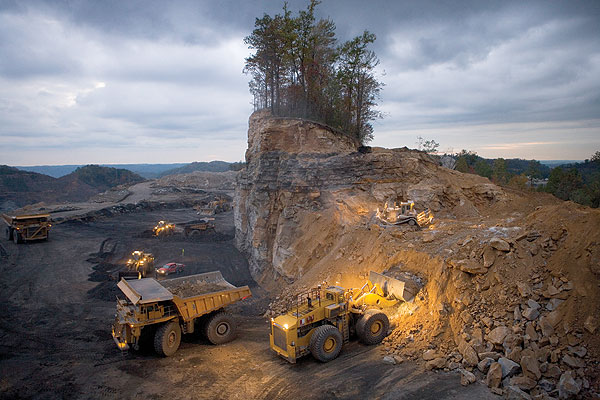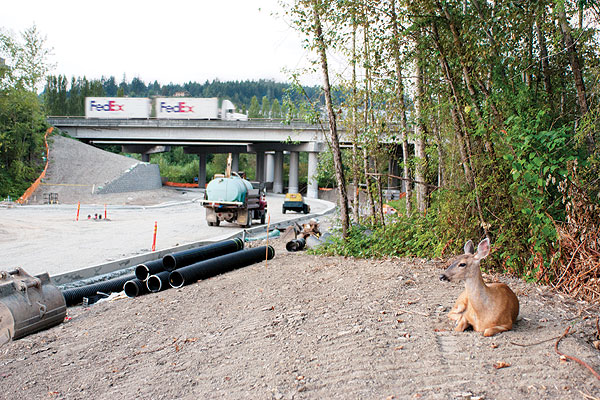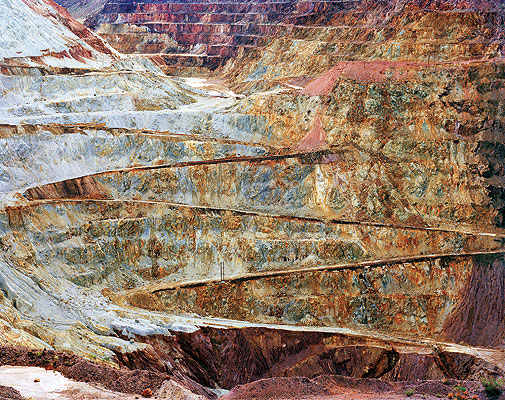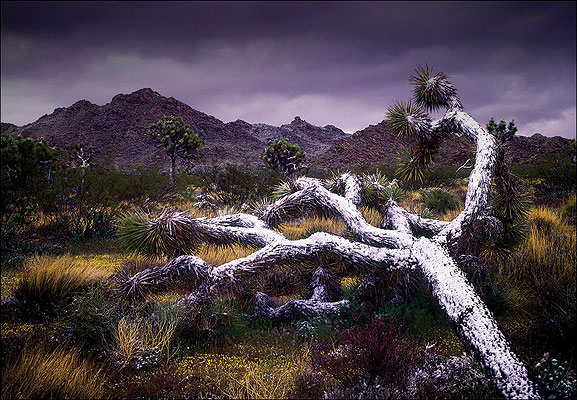
The third annual earth through a lens — a juried photography contest and exhibition encouraging a sustainable living to preserve the environment — opens April 1 and continues through June at the Rancho Mirage Public Library. It’s also being exhibited digitally this month at the Museum of Photographic Arts in San Diego.
“Photography is a powerful medium for communicating ideas and emotions,” says commission Chairman Larry Fechter. “We hope this exhibition encourages people to see that the fate of our planet’s natural beauty rests with us and that we need to change our attitudes and behaviors to become better stewards of the environment.”
This year’s contest drew 348 entries from 30 states and Canadian provinces. The jury included distinguished photographers Tom Brewster, Philipp Scholz Rittermann, and Kim Stringfellow, Palm Springs Life Creative Director and painter Stuart Funk, and Arthur Ollman, founding director of the Museum of Photographic Arts in San Diego.
In an April 21 event at the Rancho Mirage library, four photographers — whose photographs appear on this spread — will receive cash prizes for their winning images documenting successes and failures in sustainability initiatives.
|
FIRST PRIZE J. Henry Fair, a New York-based photographer, gained notoriety for his Industrial Scars series, in which he explores the world’s most egregious environmental disasters and creates images that are simultaneously stunning and horrifying. His work travels gallery and museum exhibitions worldwide and has been published extensively. “Our consumption-based economy is wreaking havoc on the systems that sustain our life on Earth,” the photographer says. “I seek out the manifestations of this and produce images that stimulate an aesthetic response — and thus curiosity about the causes and, hopefully, personal involvement. … Every purchase decision should be made with the next generation in mind. Government will not protect or respond to us, but corporations will respond to our direction. “In spite of the political nature of my work, I consider myself first and foremost an artist, someone who works in a given medium to convey a certain message and hopefully entertains in the process. “In my photograph, ‘The Last Stand,’ we see a lonely stand of trees, which disappeared in barely a day, victim of the destructive practice of mountaintop removal coal mining. The small bulldozer on the upper level pushes loose material down to the loader, which scoops it up into the next earthmover in line, which will dump it into a nearby ‘valley fill,’ burying the stream there. “ |
|
SECOND PRIZE Tom Reese of Seattle has been nominated for the Pulitzer Prize in breaking news photography, feature photography, and explanatory reporting. Seattle Art Museum Gallery represents his work. His current long-term documentary project, Choosing Hope: Reclaiming the Duwamish River, will be exhibited this month at Burke Museum of Natural History and Culture at the University of Washington, Seattle. “The Duwamish River can be hard to love, but it flows powerfully through the hearts of those who know it well,” Reese says. “Its lower stretch was turned into one of the most toxic waste environments in the United States, but evolving awareness offers hope for recovery. There is a lot left to save. My long-term documentary photographic essay asks a vital human question of our time: ‘What relationship do we choose to have with our home, the natural world?’” |
|
THIRD PRIZE (TIE) Judges awarded a third place to Carrie and Eric Tomberlin of Weaverville, N.C. Carrie, who teaches a college-level class called “Seeing and Writing,” is interested in visual rhetoric and how it can ask questions of the viewer. “Though we’re more connected than ever with technology,” she says, “there seems to be a growing disconnect between action and consequence. As we move away from the tangible to a brave new world of convenience and isolation, what happens to culture and the actual space we inhabit? In searching for ways to illustrate these contradictions, I began to think in narrative terms. My hope is to encourage a new vocabulary that includes connection, community, accountability, moderation, and sustainability.” Eric, an assistant professor of art at University of North Carolina in Asheville, investigates our relationship with the environment and with domesticated animals. Over 20 years, he says, “I began seeing the world as a human construct built one decision at a time. Only time can measure the benefits and consequences |
|
LOCAL COLOR The editors of Palm Springs Life were pleased to find many entries featuring the Southern California desert. These are two of our favorites:
“Down and Dusted Joshua Tree” by Ren Navez of Venice
“Deserted” by Anne Shackman (a.k.a. Marina deBris) of Los Angeles |





